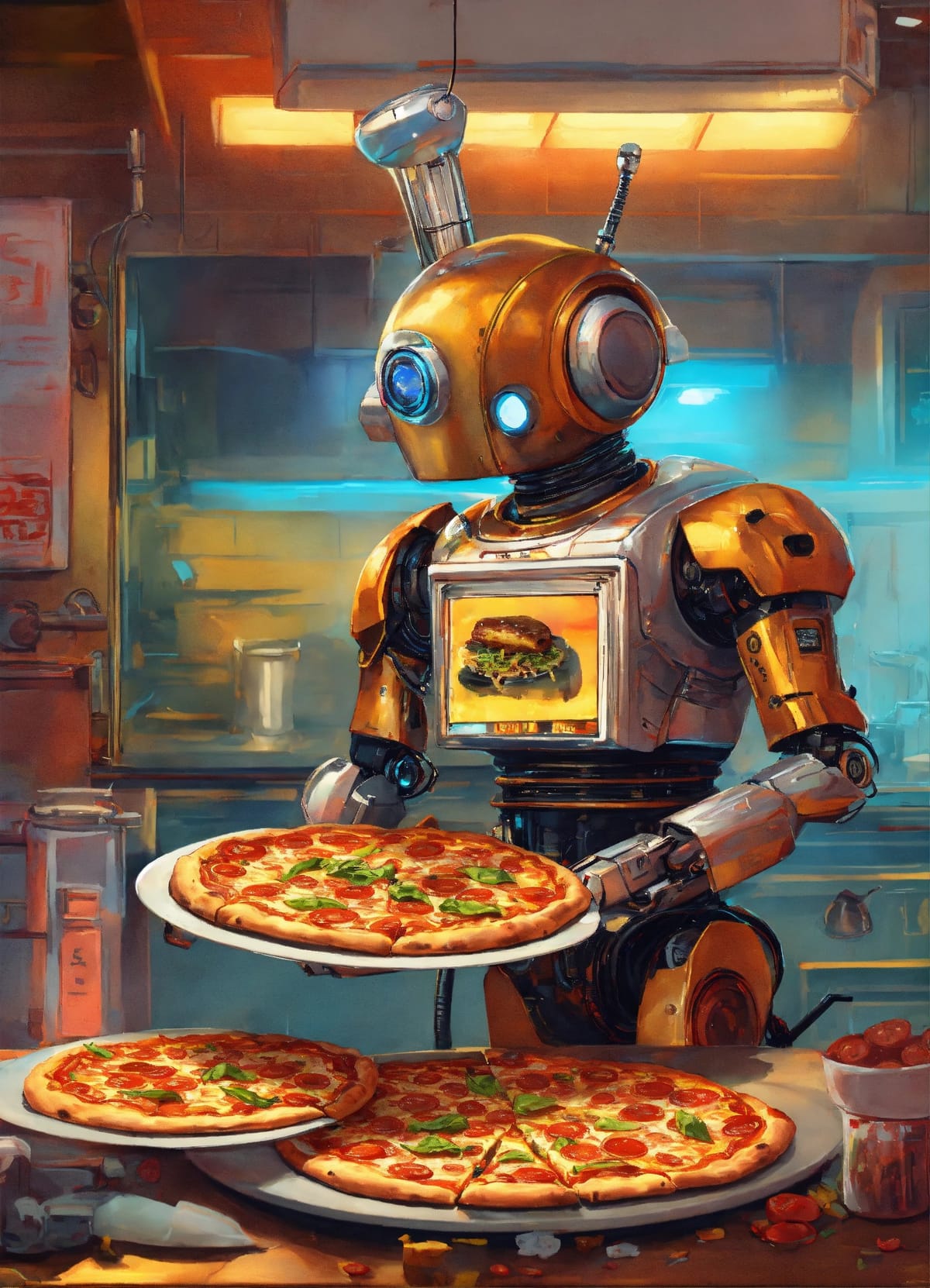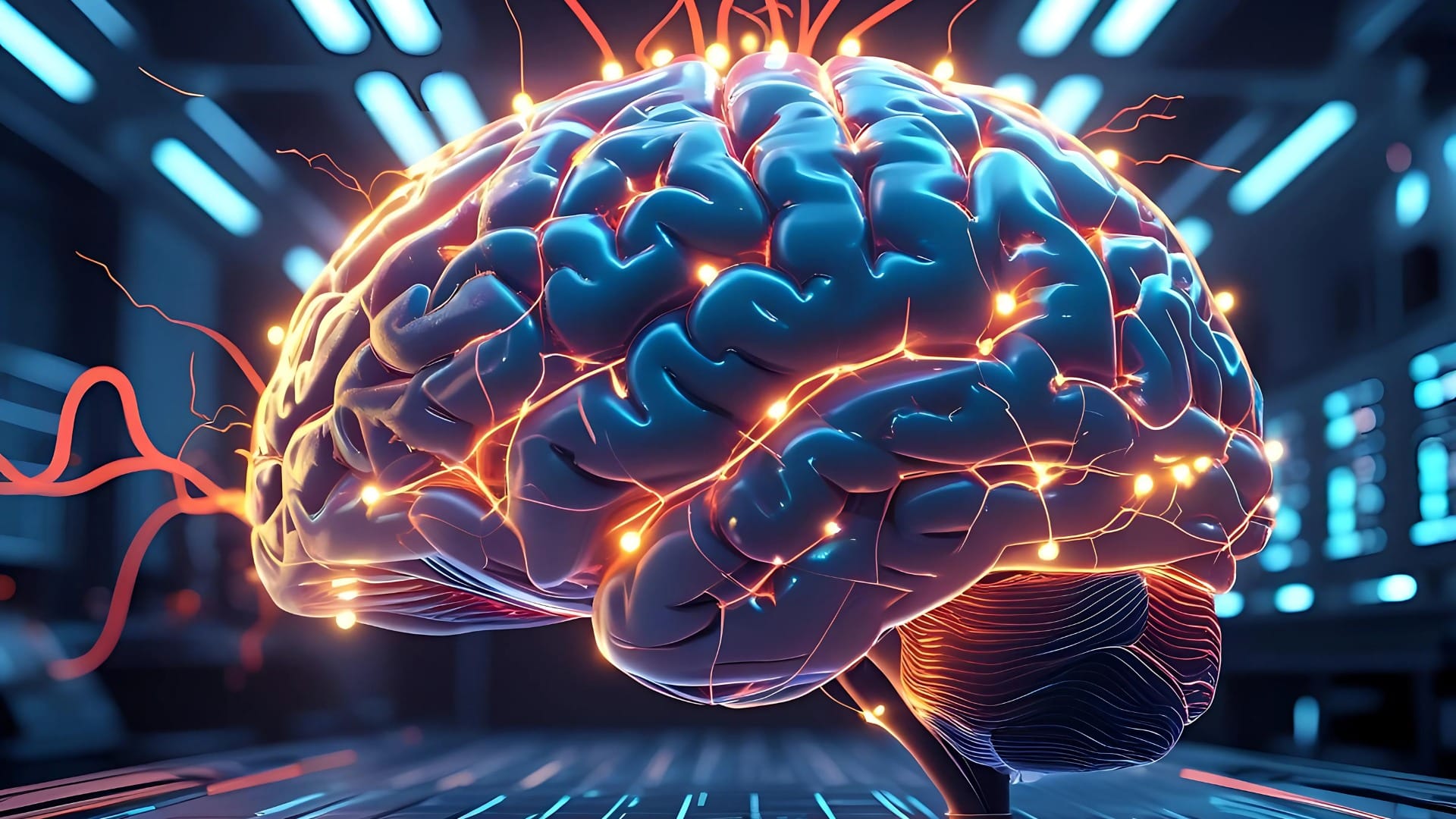How to start a food business using Robot Waiters and AI Robot Cooks?
In this article, we will explore the benefits, challenges, and best practices of incorporating Robot Waiters and AI Robot Cooks in a food business.

Starting a food business can be a challenging endeavour, but with the advancements in technology, there are now innovative solutions available to help streamline operations and enhance the customer experience. One such solution is the use of Robot Waiters and AI Robot Cooks. These cutting-edge technologies offer a range of benefits, including increased efficiency and productivity, improved customer experience, and cost savings.
However, there are also challenges and considerations that need to be taken into account when implementing these technologies.
In this article, we will explore the benefits, challenges, and best practices of incorporating Robot Waiters and AI Robot Cooks in a food business.
Key Takeaways
- Thorough research and vendor evaluation are crucial when incorporating Robot Waiters and AI Robot Cooks.
- Gradual implementation and testing can help ensure a smooth transition.
- Clear communication with customers and staff is essential for successful integration.
- Initial investment and maintenance costs should be carefully considered.
- Staff training and adaptation are important for the successful implementation of Robot Waiters and AI Robot Cooks.
Benefits of Using Robot Waiters and AI Robot Cooks in a Food Business
Cost Savings and Reduced Labor Expenses
Implementing robot waiters and AI robot cooks in a food business can lead to significant cost savings and reduced labor expenses. By automating tasks such as order taking, food preparation, and delivery, businesses can minimize the need for human staff, thereby reducing labor costs. Additionally, robots are capable of working continuously without breaks, resulting in increased efficiency and productivity. Moreover, with the use of AI technology, robots can optimize ingredient usage and minimize food waste, further contributing to cost savings. Overall, integrating robot waiters and AI robot cooks can help food businesses streamline operations and achieve financial efficiency.
| Benefits of Using Robot Waiters and AI Robot Cooks |
|---|
| - Increased Efficiency and Productivity |
| - Improved Customer Experience |
| - Cost Savings and Reduced Labor Expenses |
Implementing robot waiters and AI robot cooks in a food business can lead to significant cost savings and reduced labor expenses. By automating tasks such as order taking, food preparation, and delivery, businesses can minimize the need for human staff, thereby reducing labor costs. Additionally, robots are capable of working continuously without breaks, resulting in increased efficiency and productivity. Moreover, with the use of AI technology, robots can optimize ingredient usage and minimize food waste, further contributing to cost savings. Overall, integrating robot waiters and AI robot cooks can help food businesses streamline operations and achieve financial efficiency.
Challenges and Considerations of Implementing Robot Waiters and AI Robot Cooks
Initial Investment and Maintenance Costs
When implementing robot waiters and AI robot cooks in a food business, one of the main challenges is the initial investment and maintenance costs. The upfront cost of purchasing and installing the necessary equipment can be significant. Additionally, regular maintenance and repairs may be required to ensure the smooth operation of the robots. However, it's important to consider the long-term benefits and cost savings that can be achieved through increased efficiency and reduced labor expenses. By automating certain tasks, businesses can streamline their operations and potentially save money in the long run. It is crucial for food business owners to carefully evaluate the return on investment and weigh the costs against the potential advantages of incorporating robot technology.
Integration with Existing Systems and Processes
When incorporating robot waiters and AI robot cooks in a food business, one of the key challenges is the integration with existing systems and processes. It is important to ensure that the robots can seamlessly work alongside human staff and existing technology. This may require modifications to the restaurant layout, kitchen setup, and ordering systems. Thorough research and vendor evaluation are essential to find robots that can easily integrate with the existing infrastructure. Staff training and adaptation is also crucial to ensure that employees are comfortable working with the new technology. Additionally, clear communication with customers and staff about the benefits and functionality of the robots can help overcome any initial resistance or concerns. Overall, the successful integration of robot waiters and AI robot cooks can greatly enhance efficiency and customer satisfaction in a food business.
| Integration Challenges | Solutions |
|---|---|
| High initial investment | Gradual implementation and testing |
| Compatibility with existing systems | Thorough research and vendor evaluation |
| Staff training and adaptation | Clear communication with customers and staff |
| } |
Staff Training and Adaptation
Implementing robot waiters and AI robot cooks in a food business requires thorough staff training and adaptation. New skills and knowledge are needed to operate and maintain the robots effectively. Training programs should be designed to ensure that staff members are comfortable working alongside the robots and understand their capabilities. Additionally, it is important to provide ongoing support and encourage collaboration between staff and robots to maximize efficiency. By investing in staff training and adaptation, businesses can successfully integrate robot technology into their operations and reap the benefits of increased efficiency and productivity.
| Training and Adaptation | Benefits |
|---|---|
| Comprehensive training programs | Ensures staff members are comfortable working alongside robots |
| Ongoing support and collaboration | Maximizes efficiency and productivity |
Embracing the future of food businesses means embracing the potential of robot technology. By investing in staff training and adaptation, businesses can unlock new opportunities and enhance efficiency and customer satisfaction.
Best Practices for Incorporating Robot Waiters and AI Robot Cooks in a Food Business
Thorough Research and Vendor Evaluation
When incorporating robot waiters and AI robot cooks in a food business, it is crucial to conduct thorough research and vendor evaluation. This involves assessing the capabilities, reliability, and reputation of different vendors. It is important to consider factors such as the quality of the robots, the level of technical support provided, and the cost-effectiveness of the solutions offered. Additionally, it is essential to evaluate the compatibility of the robots with existing systems and processes. By conducting thorough research and vendor evaluation, businesses can make informed decisions and select the most suitable robots for their specific needs.
| Factors to Consider | Description |
|---|---|
| Quality of Robots | Assess the durability, functionality, and performance of the robots. |
| Technical Support | Evaluate the level of technical assistance and maintenance provided by the vendor. |
| Cost-effectiveness | Consider the upfront costs, ongoing expenses, and potential return on investment. |
Implementing robot waiters and AI robot cooks requires careful consideration and planning. It is important to choose reliable vendors and high-quality robots that can integrate seamlessly with existing operations. By conducting thorough research and vendor evaluation, businesses can ensure a successful implementation and maximize the benefits of using robot technology in the food industry.
Gradual Implementation and Testing
When incorporating robot waiters and AI robot cooks in a food business, it is important to adopt a gradual implementation and testing approach. This allows the business to evaluate the performance and effectiveness of the new technology in a controlled manner. By starting with a small number of robots and gradually increasing their presence, any issues or challenges can be identified and addressed early on. Additionally, conducting thorough testing and gathering feedback from customers and staff can help fine-tune the system for optimal performance. It is crucial to communicate the purpose and benefits of the technology to both customers and staff, ensuring a smooth transition and acceptance. Implementing new technology in a food business requires careful planning and consideration, but with a gradual approach and proper testing, the integration of robot waiters and AI robot cooks can lead to significant improvements in efficiency and customer satisfaction.
| Benefits of Gradual Implementation and Testing |
|---|
| - Allows evaluation of performance and effectiveness |
| - Identifies and addresses issues or challenges early on |
| - Helps fine-tune the system for optimal performance |
| - Ensures smooth transition and acceptance |
| - Leads to improvements in efficiency and customer satisfaction |
Clear Communication with Customers and Staff
Incorporating robot waiters and AI robot cooks in a food business requires clear communication with both customers and staff. It is important to educate customers about the benefits and functionalities of the robots, ensuring they feel comfortable and confident in interacting with them. Staff members should receive proper training on how to work alongside the robots and address any concerns or questions from customers. Additionally, regular communication channels should be established to gather feedback and continuously improve the robot-assisted dining experience.
| Communication Tips |
|---|
| * Clearly explain the role of robots to customers |
| * Provide staff with resources to address customer inquiries |
| * Encourage open communication and feedback |
Embracing the use of robot waiters and AI robot cooks in a food business opens up new possibilities for efficiency and customer satisfaction. By maintaining clear communication with customers and staff, businesses can ensure a smooth integration and enhance the overall dining experience.
Conclusion
Unlocking New Opportunities
By incorporating robot waiters and AI robot cooks in a food business, new opportunities arise for owners and entrepreneurs. These technologies enable businesses to streamline operations and increase efficiency in serving customers. With robot waiters, restaurants can reduce labor costs and improve service speed, resulting in higher customer satisfaction. Additionally, AI robot cooks can enhance menu options and ensure consistent quality in food preparation. Embracing these innovations opens doors to expanding the customer base and exploring new business models. It is an exciting time for the food industry as it embraces the future of automation and robotics.
| Opportunities | Benefits |
|---|---|
| Increased efficiency | Streamlined operations and improved service speed |
| Expanded customer base | Enhanced menu options and consistent quality |
Embracing automation and robotics in the food industry unlocks a world of possibilities and sets businesses on a path of innovation and success.
Enhancing Efficiency and Customer Satisfaction
Implementing robot waiters and AI robot cooks in a food business can greatly enhance efficiency and customer satisfaction. With robot waiters, orders can be taken and delivered quickly and accurately, reducing waiting times and minimizing errors. AI robot cooks can ensure consistent quality and precision in food preparation, resulting in satisfied customers. Additionally, the use of automation can free up human staff to focus on providing personalized service and attending to customer needs. By incorporating cutting-edge technology and innovative solutions, food businesses can create a seamless and enjoyable dining experience for their customers.
| Advantages | Disadvantages |
|---|---|
| Increased efficiency and productivity | Initial investment and maintenance costs |
| Improved customer experience | Integration with existing systems and processes |
| Cost savings and reduced labor expenses | Staff training and adaptation |
- Best practice: Conduct thorough research and evaluate different vendors to ensure the right fit for your business.
- Best practice: Gradually implement and test the use of robot waiters and AI robot cooks to identify any potential challenges or issues.
- Best practice: Maintain clear and open communication with both customers and staff to address any concerns or questions that may arise.
Embracing the future of food businesses and embracing the use of robot waiters and AI robot cooks can unlock new opportunities and revolutionize the industry. By enhancing efficiency and customer satisfaction, food businesses can stay competitive in an ever-evolving market.
Frequently Asked Questions
1. Are robot waiters and AI robot cooks reliable?
Yes, robot waiters and AI robot cooks are designed to be reliable and efficient in performing their tasks. They are equipped with advanced technology and algorithms that enable them to function effectively in a food business setting.
2. How do robot waiters and AI robot cooks improve efficiency?
Robot waiters and AI robot cooks can streamline food preparation and delivery processes, reducing human errors and increasing overall efficiency. They can work continuously without getting tired or needing breaks, ensuring consistent and timely service.
3. What are the cost savings associated with using robot waiters and AI robot cooks?
By employing robot waiters and AI robot cooks, food businesses can save on labor expenses as they require minimal human supervision. Additionally, they can help reduce food waste by accurately portioning ingredients and minimizing errors in food preparation.
4. How can robot waiters and AI robot cooks enhance the customer experience?
Robot waiters and AI robot cooks can provide quick and efficient service, reducing waiting times for customers. They can also offer personalized recommendations based on customer preferences, enhancing the overall dining experience.
5. What challenges should be considered when implementing robot waiters and AI robot cooks?
Some challenges include the initial investment and maintenance costs, integration with existing systems and processes, and the need for staff training and adaptation to work alongside the robots.
6. How should food businesses communicate with customers and staff regarding the use of robot waiters and AI robot cooks?
Clear communication is essential. Food businesses should inform customers about the presence of robot waiters and AI robot cooks, explaining their roles and capabilities. Staff should also be trained to work effectively with the robots and address any concerns or questions from customers.
Check out our incredible courses, books and content from Bookspotz:



















